Chapter 17: Baroque Art
0.0(0)
Card Sorting
1/23
Earn XP
Description and Tags
Art History
AP Art History
Baroque Art
Baroque Architecture
Carlo Maderno
Francesco Borromini
Versailles
Louis Le Vau
Jules Hardouin-Mansart
Genre painting
Still life
Caravaggio
Venetian Renaissance
Gian Lorenzo Bernini
Giovanni Battista Gaulli
Diego Velázquez
Peter Paul Rubens
Rembrandt
Johannes Vermeer
Rachel Ruysch
12th
Study Analytics
Name | Mastery | Learn | Test | Matching | Spaced |
|---|
No study sessions yet.
24 Terms
1
New cards
Catholic Church
In the seventeenth century, the \_______ was the largest source of artistic commissions, followed by monarchy and despotic regimes.
2
New cards
palaces
These are envisioned as the main component of an ensemble with gardens ingeniously organized to complement the structures they framed.
3
New cards
Key windows
These are observation stations where gardens are ingeniously arranged to symbolize man's influence over his surroundings.
4
New cards
Baroque Architecture
Buildings are built on high sites with artistically carved stairs that pour out toward the viewer and change direction and perspective as they ascend.
5
New cards
Genre painting
painting in which scenes of everyday life are depicted
6
New cards
Still life
a painting of a grouping of inanimate objects, such as flowers or fruit
7
New cards
Vanitas
a theme in still life painting that stresses the brevity of life and the folly of human vanity
8
New cards
Tenebroso/Tenebrism
a dramatic dark and light contrast in a painting
9
New cards
Impasto
a thick and very visible application of paint on a painting surface
10
New cards
Rubénistes
The Venetian Renaissance serves as an inspiration for Caravaggio, Rubens, and his group of adherents, known as \_____.
11
New cards
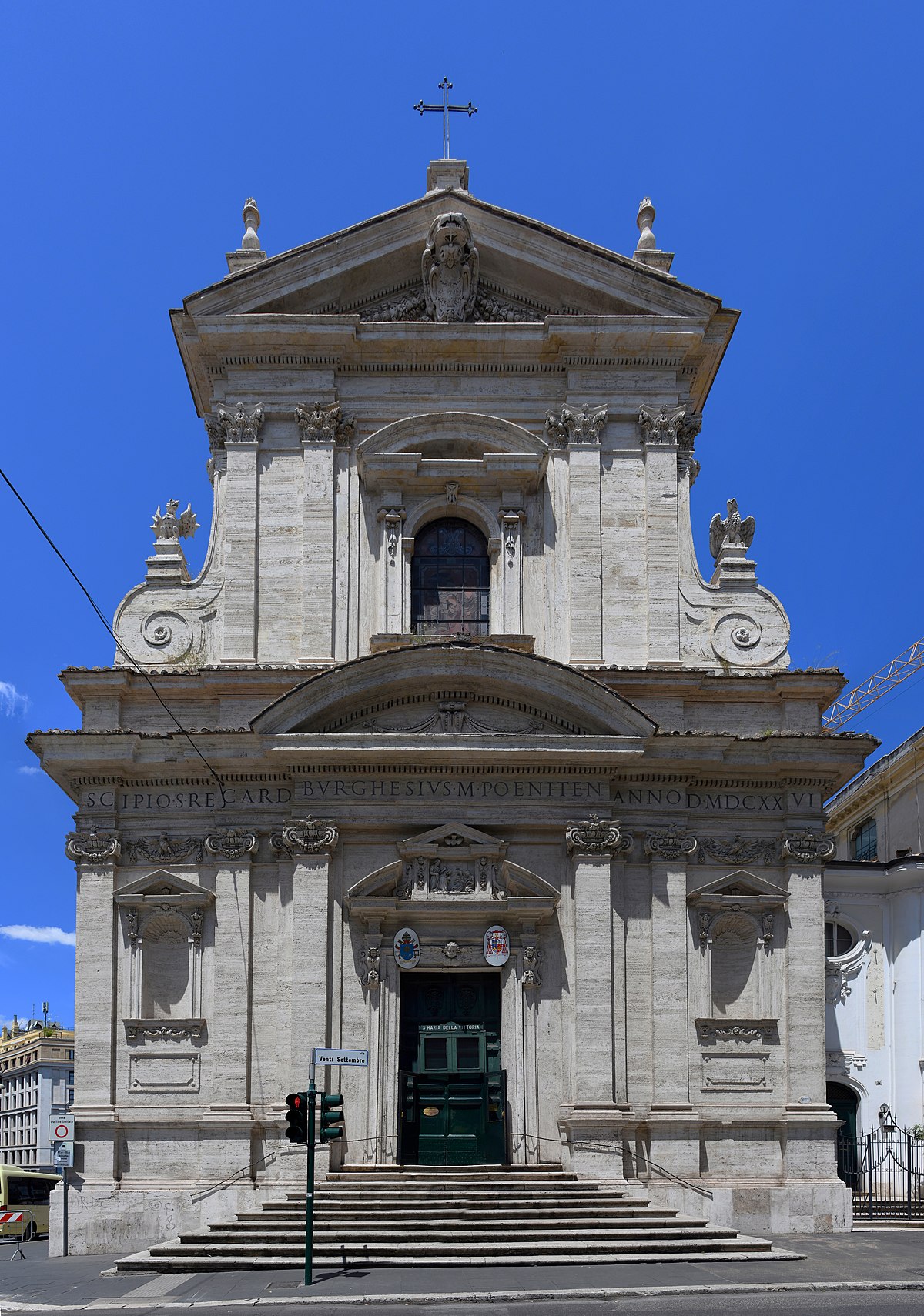
Santa Maria della Vittoria
* By Carlo Maderno (1605–1620)
* Catholic church, originally dedicated to Saint Paul.
* Rededicated to the Virgin Mary in gratitude for a military victory in Bohemia in 1620.
* First story: six Ionic pilasters; emphasis placed on center of façade.
* Catholic church, originally dedicated to Saint Paul.
* Rededicated to the Virgin Mary in gratitude for a military victory in Bohemia in 1620.
* First story: six Ionic pilasters; emphasis placed on center of façade.
12
New cards
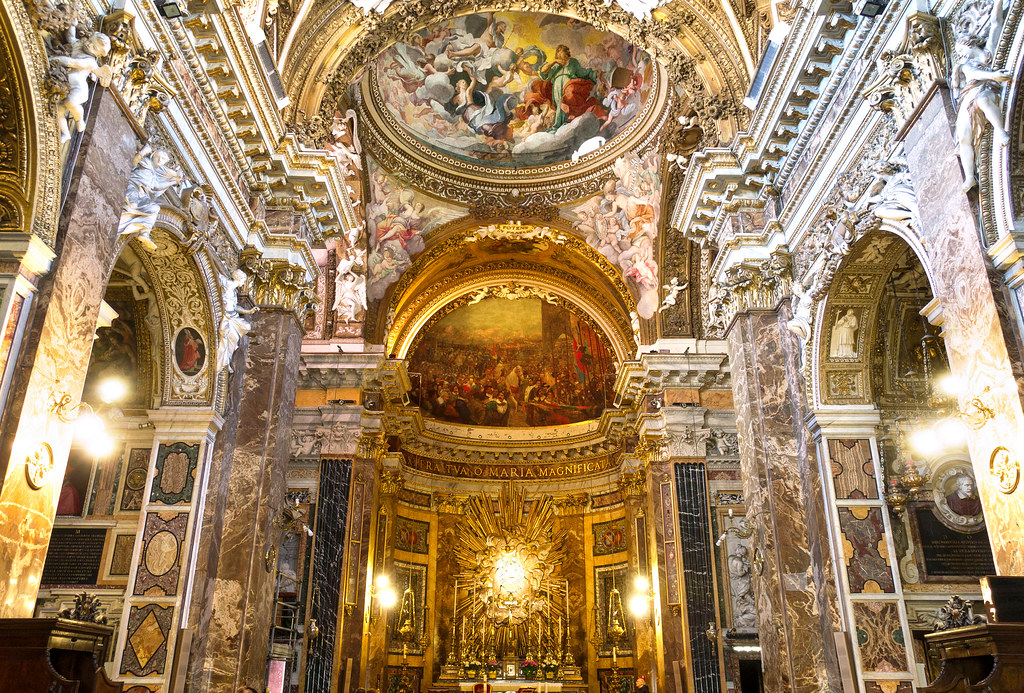
Santa Maria della Vittoria Interior
13
New cards
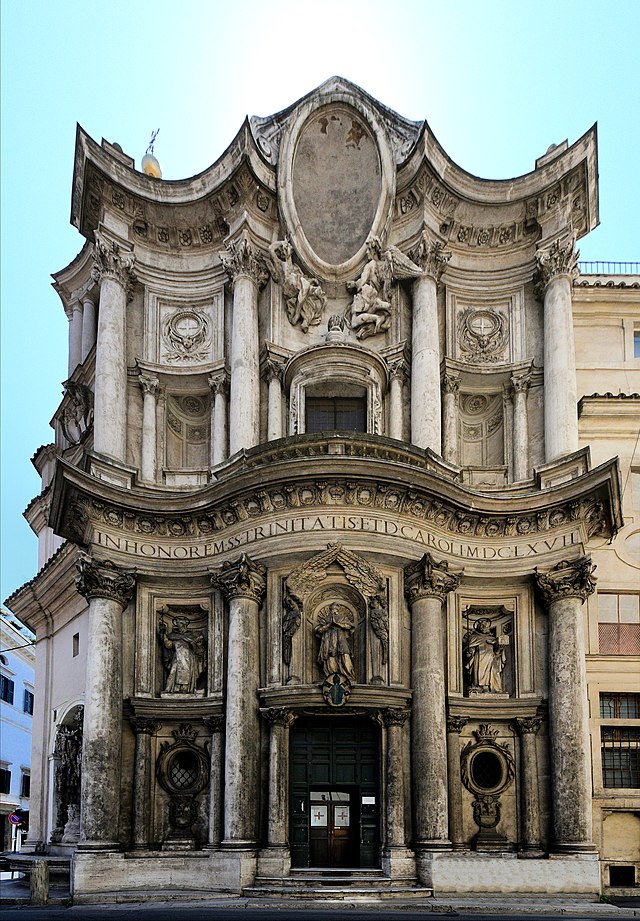
Saint Charles of the Four Fountains
* By Francesco Borromini (1638–1646)
* The building is designed with alternating convex and concave patterns and undulating volumes in both the ground plan and on the façade.
* It was built as part of a complex of monastic buildings for the Spanish Trinitarians
* The building is designed with alternating convex and concave patterns and undulating volumes in both the ground plan and on the façade.
* It was built as part of a complex of monastic buildings for the Spanish Trinitarians

14
New cards
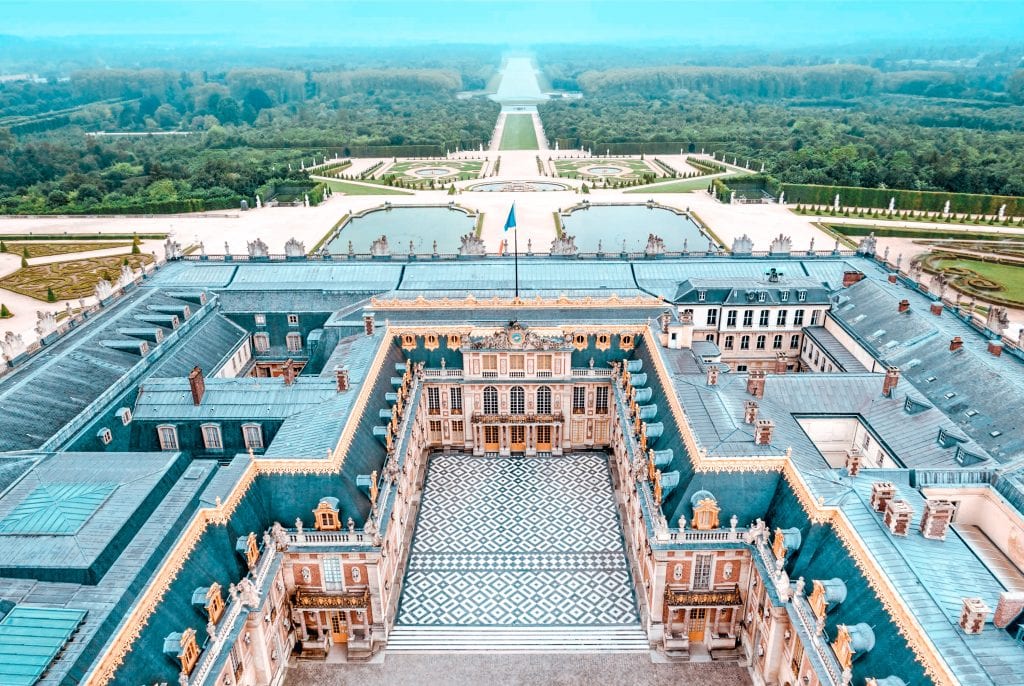
Versailles
* By Louis Le Vau and Jules Hardouin-Mansart
* This is the palace of King Louis XIV and subsequent kings and their courts.
* The palace expresses the idea of the absolute monarch; the massive scale of the project is indicative of the massive power of the king.
* This is the palace of King Louis XIV and subsequent kings and their courts.
* The palace expresses the idea of the absolute monarch; the massive scale of the project is indicative of the massive power of the king.
15
New cards
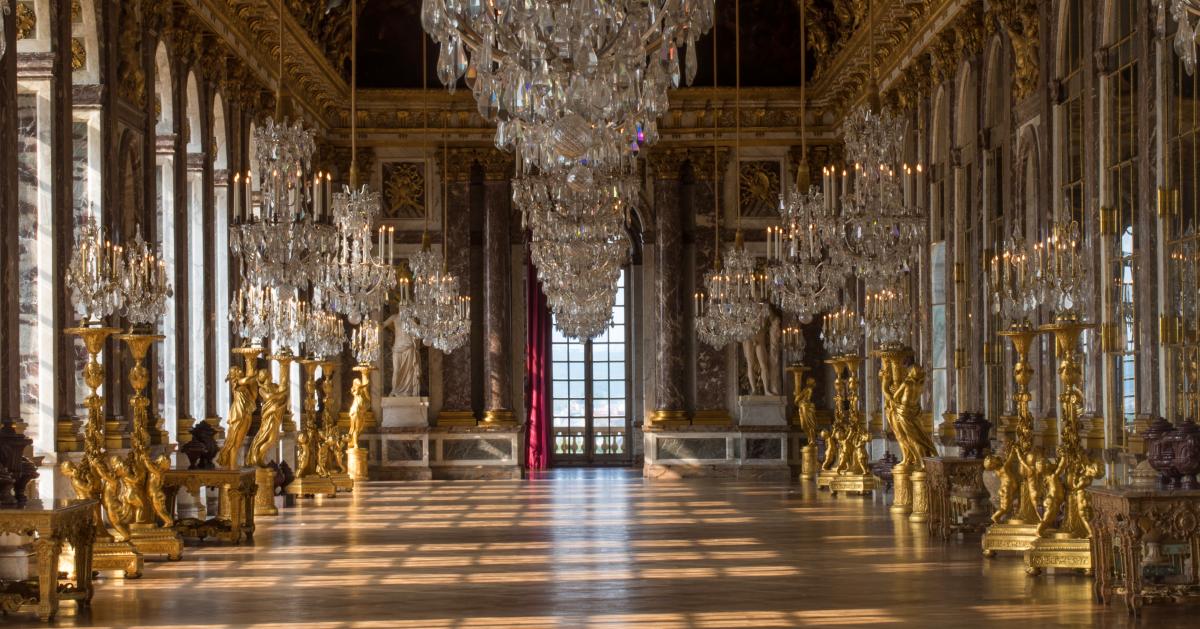
Hall of Mirrors (Versailles)
Part of Versailles used for court and state functions: embassies, births, and marriages were celebrated in this room.
16
New cards
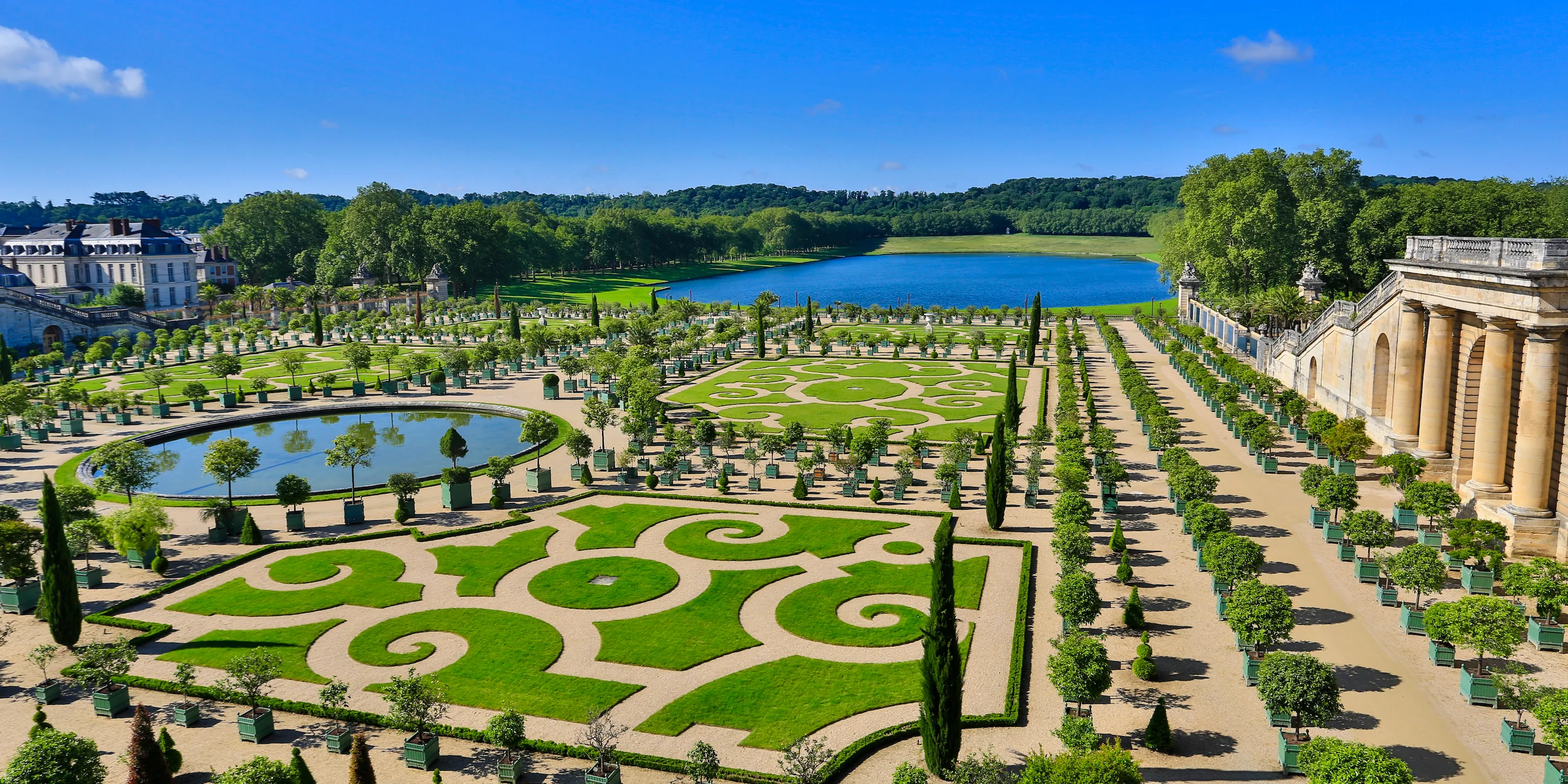
Versailles Gardens
* A mile-long canal crossed by another canal forms the main axis of the garden
* more wooded and less elaborate plantings farther from the palace.
* Baroque characteristics
* more wooded and less elaborate plantings farther from the palace.
* Baroque characteristics
17
New cards
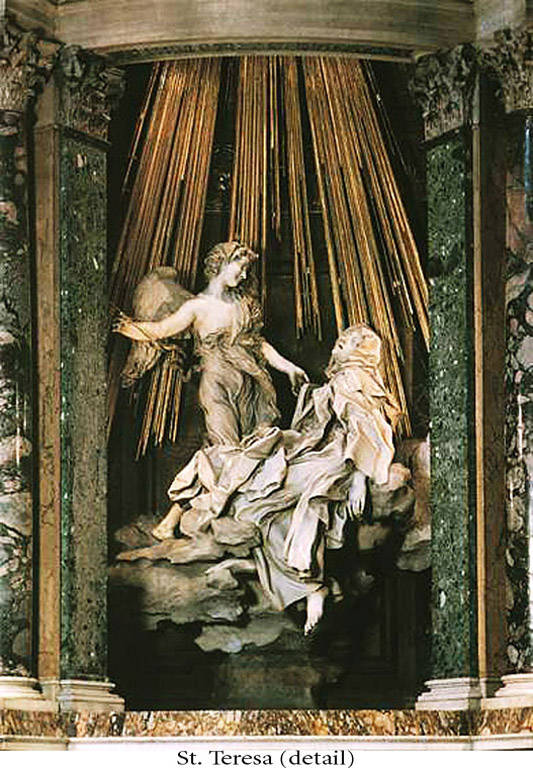
Ecstasy of Saint Teresa
* By Gian Lorenzo Bernini (1647–1652)
* The saint was canonized in 1622
* interpretation of diary writings
* her pose suggests sexual exhaustion
* The saint was canonized in 1622
* interpretation of diary writings
* her pose suggests sexual exhaustion
18
New cards
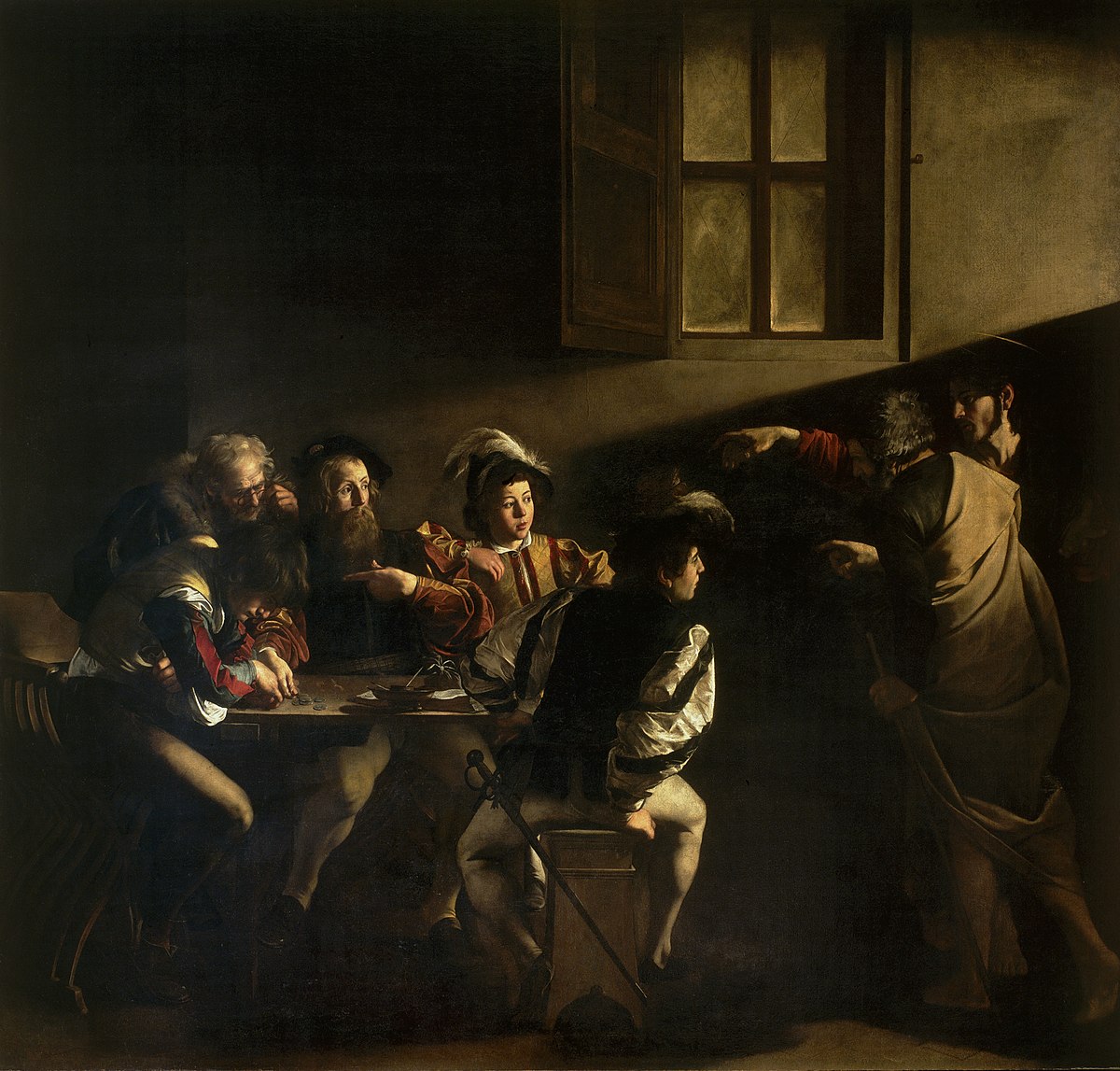
Calling of Saint Matthew
* By Caravaggio (1597–1601)
* Story taken from a bible verse - Matthew 9:9
* Two figures on the left are so concerned with counting the money - not noticing Christ’s arrival.
* Story taken from a bible verse - Matthew 9:9
* Two figures on the left are so concerned with counting the money - not noticing Christ’s arrival.
19
New cards
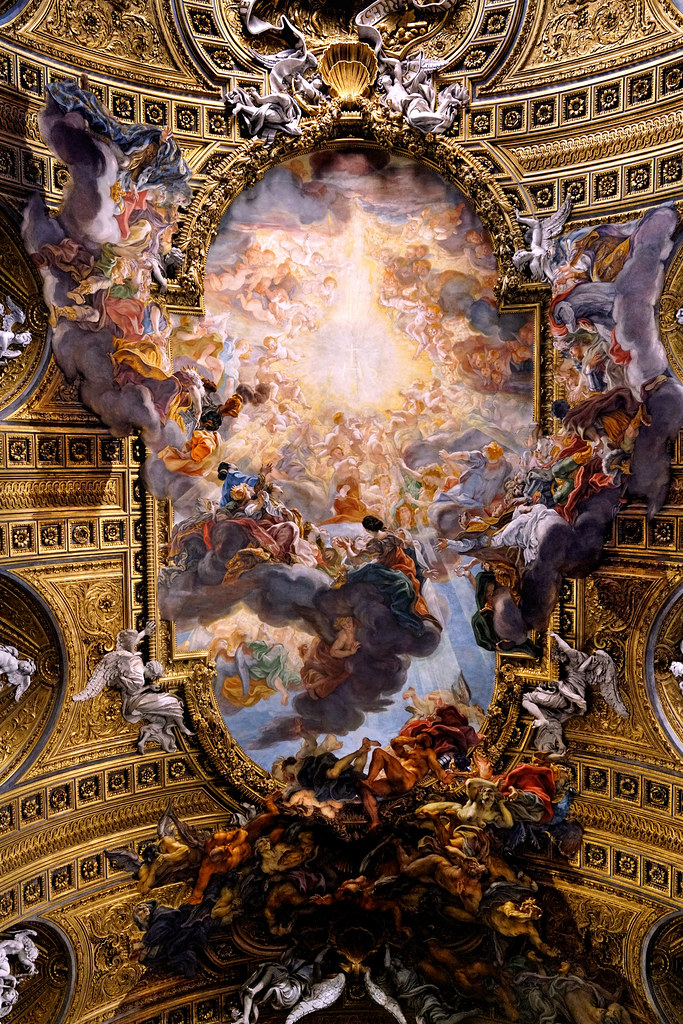
Triumph of the Name of Jesus
* By Giovanni Battista Gaulli (1676–1679)
* A Last Judgment scene, placed over the barrel vault of the nave
* Inspired by Saint Paul’s epistle to the Philippians 2:10
* Message to the faithful: “***the damned are cast into hell; the saved rise heavenward***.”
* A Last Judgment scene, placed over the barrel vault of the nave
* Inspired by Saint Paul’s epistle to the Philippians 2:10
* Message to the faithful: “***the damned are cast into hell; the saved rise heavenward***.”
20
New cards
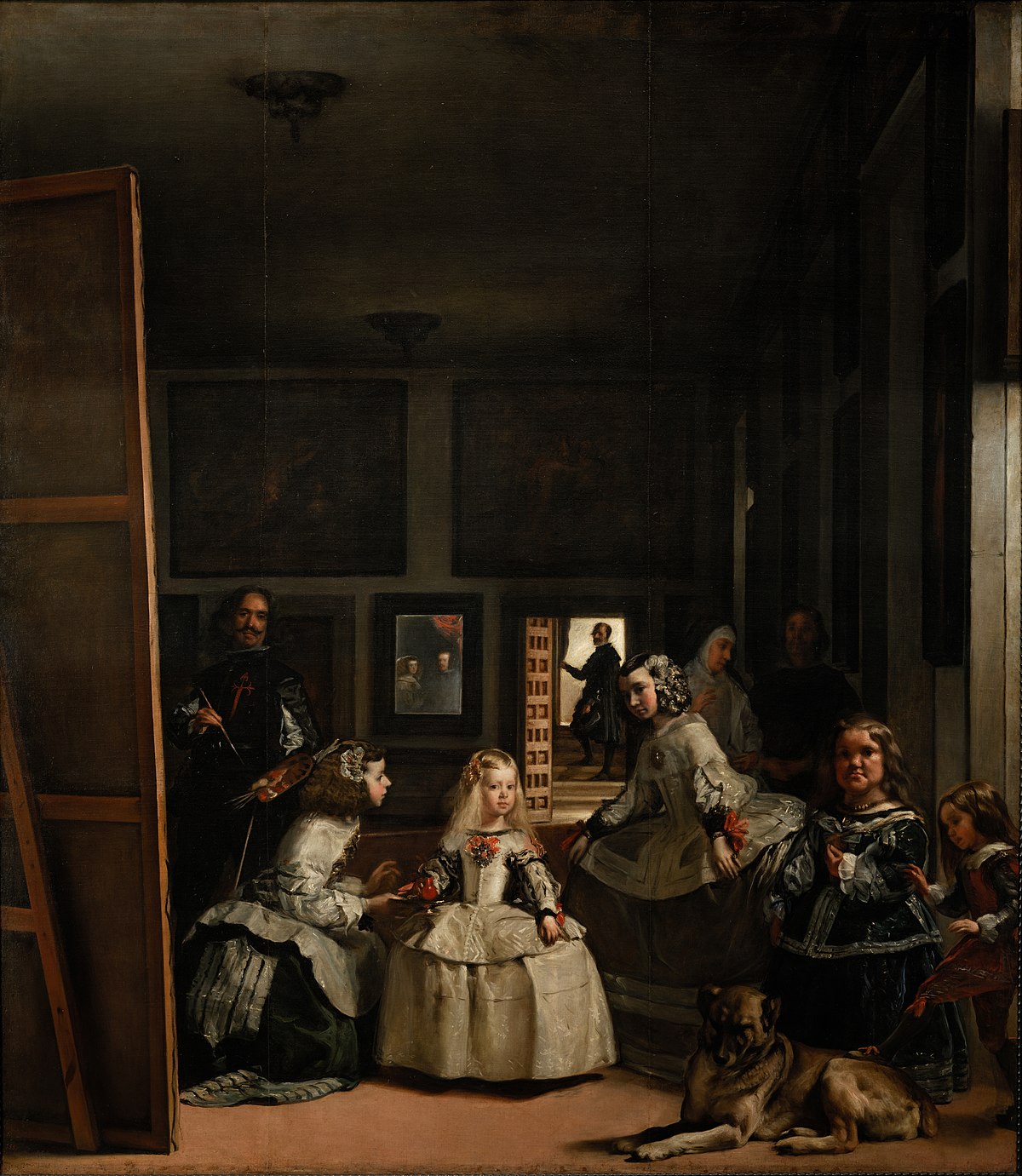
Las Meninas
* By Diego Velázquez (1656)
* Painting originally hung in King Philip IV’s study.
* Central is the Infanta Margharita of Spain with her meninas (attendants), a dog, a dwarf, and a midget.
* Painting originally hung in King Philip IV’s study.
* Central is the Infanta Margharita of Spain with her meninas (attendants), a dog, a dwarf, and a midget.
21
New cards
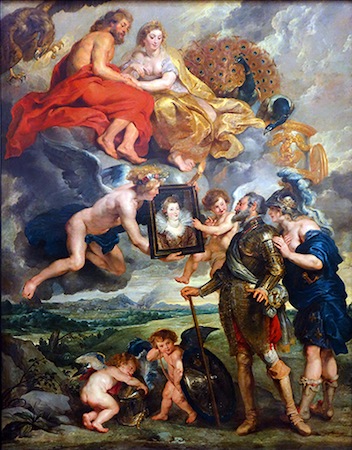
Marie de’ Medici Cycle
* By Peter Paul Rubens (1621-1625)
* 24 huge historical paintings allegorically retelling the life of King Henry IV’s wife.
* A series that contain three portraits; was placed in her home in Paris - *Luxembourg Palace.*
* 24 huge historical paintings allegorically retelling the life of King Henry IV’s wife.
* A series that contain three portraits; was placed in her home in Paris - *Luxembourg Palace.*
22
New cards

Self-Portrait with Saskia
* By Rembrandt (1636)
* This is the only image of Rembrandt with his wife together in an etching.
* The scene depicts the 30-year-old Rembrandt with his new bride.
* Not for sale; for private purposes only.
* This is the only image of Rembrandt with his wife together in an etching.
* The scene depicts the 30-year-old Rembrandt with his new bride.
* Not for sale; for private purposes only.
23
New cards
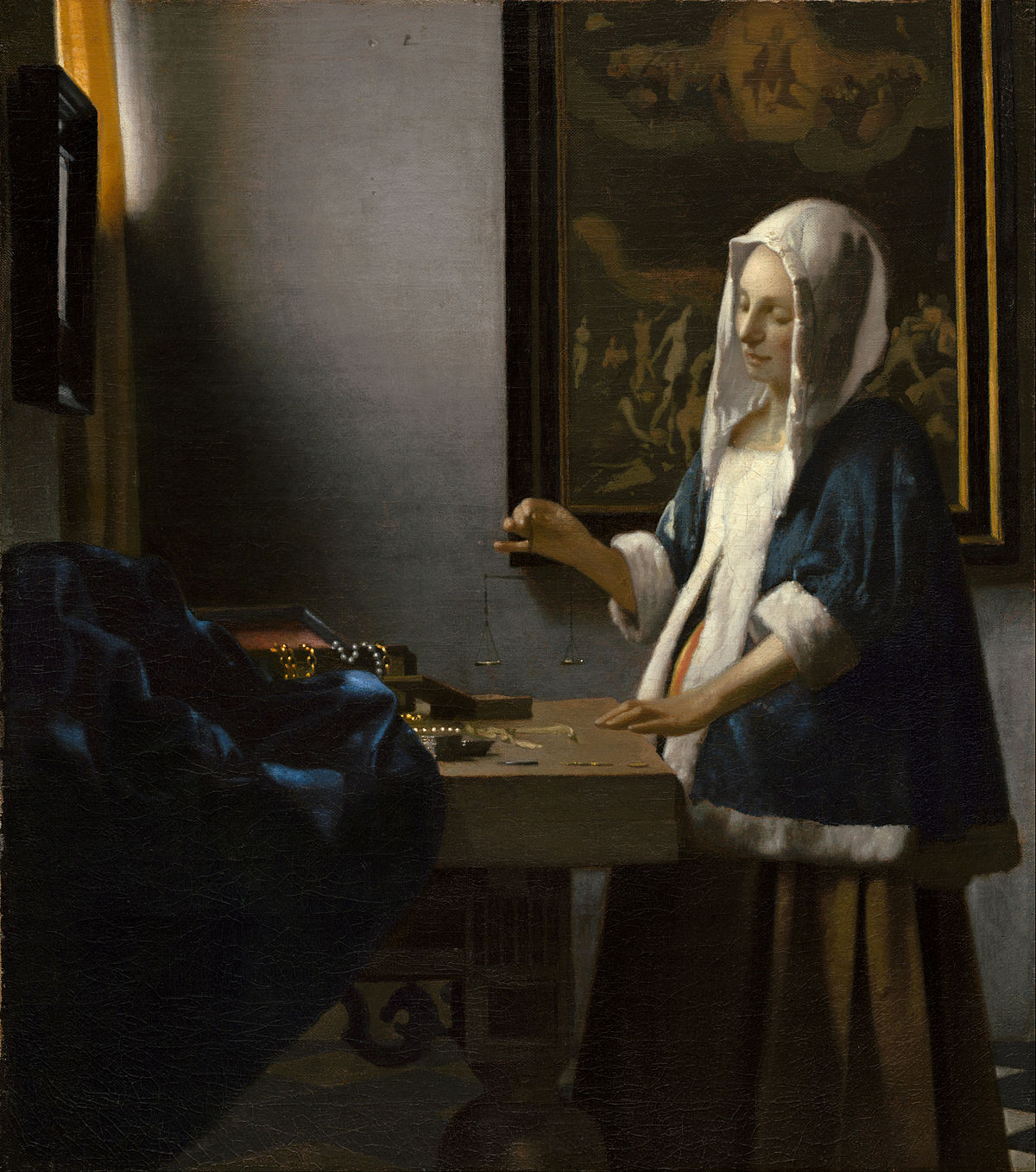
Woman Holding a Balance
* By Johannes Vermeer (c. 1664)
* The viewer looks into a private world in which seemingly small gestures take on a significance greater than what first appears.
* A family member may have posed for the painting, perhaps Vermeer’s wife, Caterina.
* The viewer looks into a private world in which seemingly small gestures take on a significance greater than what first appears.
* A family member may have posed for the painting, perhaps Vermeer’s wife, Caterina.
24
New cards
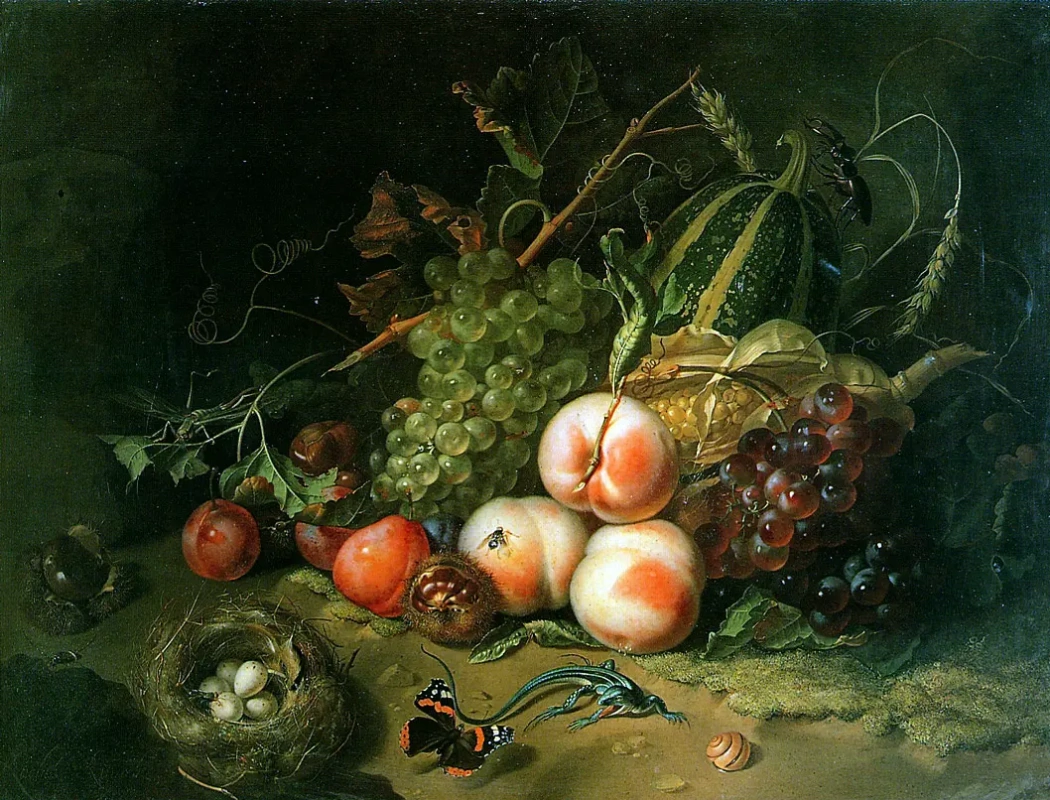
Fruit and Insects
* By Rachel Ruysch (c. 1664)
* Parallels Dutch interest in botany, and the growing of flowers for decorative and medicinal purposes.
* Not a depiction of actual flowers, but a construct of perfect specimens all in bloom at the same time.
* Parallels Dutch interest in botany, and the growing of flowers for decorative and medicinal purposes.
* Not a depiction of actual flowers, but a construct of perfect specimens all in bloom at the same time.